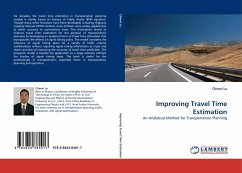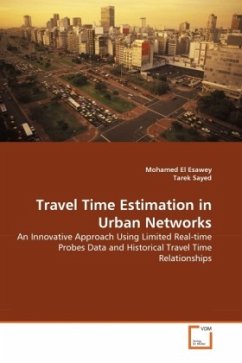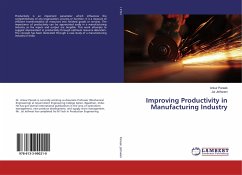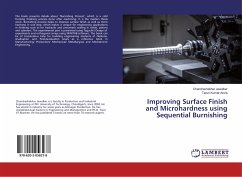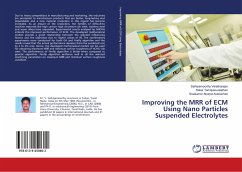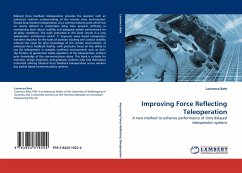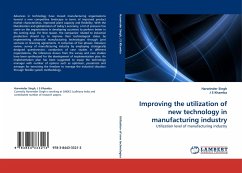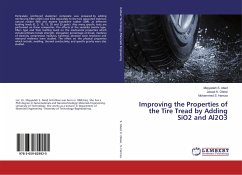For decades, the travel time estimation in transportation planning models is mainly based on Bureau of Public Roads (BPR) equation. Though many other functions have been developed, including Highway Capacity Manual (HCM) method, none of them were widely applied due to either accuracy or convenience issue. This dissertation aimed to improve travel time estimation for the purpose of transportation planning by developing an analytical form of travel time estimation that incorporates the effects of signal timing plans. The model considers the influence of signal timing plans for a variety of traffic volume combinations without requiring signal timing information as input and shows promise of improving the accuracy of travel time prediction. The proposed model is feasible for application to a large network without the burden of signal timing input. The book is useful for the professionals in transportation, especially those in transportation planning and operation.
Bitte wählen Sie Ihr Anliegen aus.
Rechnungen
Retourenschein anfordern
Bestellstatus
Storno

